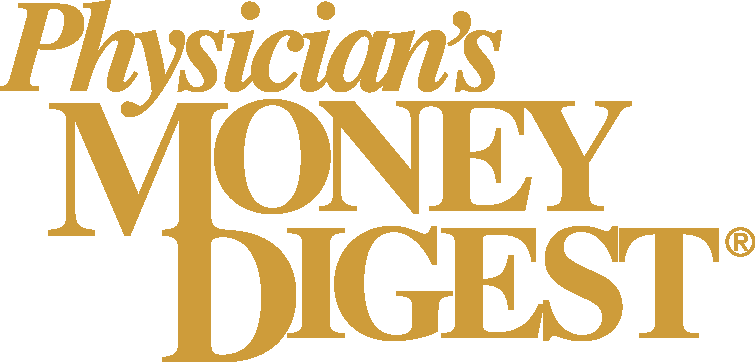
What banning direct-to-consumer pharma ads would mean for doctors
Key Takeaways
- A ban on DTC ads would shift pharmaceutical promotion focus from patients to healthcare professionals, increasing primary care's educational burden.
- DTC ads have raised awareness but often lack clinical nuance, leading to inappropriate requests and higher spending.
Silencing one channel without building credible alternatives risks leaving patients less informed and physicians more burdened.
When U.S. Health and Human Services Secretary Robert F. Kennedy Jr. signaled support for curbing or ending direct-to-consumer (DTC) prescription drug
Our thesis is straightforward: a
The mixed legacy of DTC—for better awareness, and for more friction
For nearly three decades, DTC ads have lived at the intersection of education and promotion. On the one hand, they have helped normalize medical conversations around conditions that once hid in the shadows and patients who might otherwise wait months sometimes come in sooner because a commercial prompted a question. On the other hand, the 60-second narrative rarely captures the nuances that drive evidence-based prescribing—comorbidities, contraindications, out-of-pocket costs, formularies, and adherence barriers. The literature reflects that ambivalence:
If Washington clamps down, the center of gravity shifts back to doctors
What would a ban—or even substantial tightening—mean on a Tuesday afternoon in a primary care clinic? The short answer is that the center of gravity would swing back toward physician-facing communication. If the patient-demand engine from mass media slows, manufacturers will redeploy budgets toward HCP channels: field teams and pharma reps, peer education, medical content, and workflow-integrated digital touchpoints.
The exam-room dynamic would change as well. Fewer patients would walk in asking for the brand they saw during last night’s ballgame, which could streamline some encounters and reduce pressure to prescribe by request. But demand would not disappear; it would likely migrate. With less TV and print ads, we can likely expect a rise in disease-awareness content, influencer commentary, and search-optimized material that shapes expectations long before a visit.
Law and policy: Why this may evolve in steps, not a single sweep
It’s tempting to imagine a light switch: one day prescription drug ads are permitted; the next they are gone. But as is the case with most sweeping policy changes in Washington, a dimmer is more likely. Congress has the cleanest pathway to a categorical ban through S.2068, but any prohibition would encounter
The operational reality for primary care
On the ground, practices are likely to feel a renewed pull from industry outreach. TV has been a major DTC channel, but we can expect more dollars to shift into targeted digital and HCP-directed efforts if policy momentum builds. That translates into more requests for briefings and touches—ideally better timed and more contextual, but undeniably more numerous.
The clinical-education load may also tick up. When TV no longer prompts questions about new GLP-1s or inhaled triple therapies, it will fall to physicians and care teams to raise those topics proactively, especially as labels evolve and outcomes data accumulate. Meanwhile, patients will still arrive with information culled from social media and “awareness” sites. In that sense, the work doesn’t vanish with DTC changes — it shifts.
A middle path worth advocating
The binary choice between DTC pharma ads and an outright ban misses a productive middle. Doctors can advocate for guardrails that preserve genuine awareness while reducing exam-room friction. Start with clearer standards for who a drug is and is not for, presented in language patients can easily comprehend. This goes for TV, online, and social media. There’s an opportunity to build transparency requirements for influencer and “disease awareness” content so patients understand when manufacturers or their agents are behind what they’re seeing. The industry can leverage new technologies based in artificial intelligence to modernize HCP-engagement norms so outreach is consent-based and signal-driven. That means less blasting and more relevance, while respecting the rhythms of primary care clinics rather than disrupting them. These steps would improve information quality regardless of where the legislation lands.
Preparing now, so whatever happens, you’re ready
For practice leaders, the best time to prepare is before the policy shock arrives. Establish a consistent window and process for rep visits and materials, including a clear route for non-visit digital updates so clinical teams can consume information asynchronously. Train MAs, nurses, or pharmacists to triage common brand-driven questions and redirect to class-level options when appropriate. Consider tracking patient “asks” in the EHR with a simple discrete field so your team can spot trends as narratives online shift faster than peer-reviewed publications. And look into the latest HCP-pharma engagement technologies that are reshaping the industry landscape.
Pragmatism to close
The exam room should feel like medicine, not marketing. Yet silencing one channel without building credible alternatives risks leaving patients less informed and physicians more burdened. Whether Congress moves toward a ban or not, primary care should press for reforms that reduce noise, elevate accuracy, and meet doctors where they work. The policy battle will play out in Washington, and the consequences will land in your waiting room. Being ready means insisting on better standards for the information patients see and better norms for how industry engages with the clinicians who ultimately carry responsibility for evidence-based care.
Newsletter
Stay informed and empowered with Medical Economics enewsletter, delivering expert insights, financial strategies, practice management tips and technology trends — tailored for today’s physicians.















